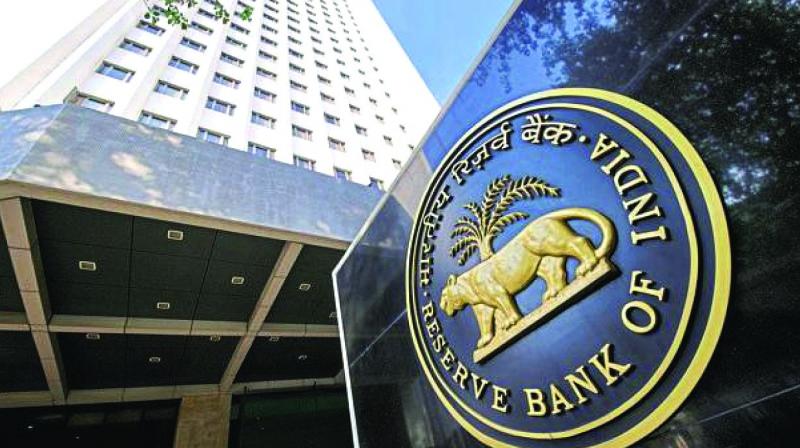Large HFC, NBFC failure to pose contagion risk

Mumbai: Stressing on the need for greater surveillance over large housing finance companies (HFCs) and non-banking finance companies (NBFCs), the Reserve Bank of India (RBI) has said any failure of such companies can cause losses comparable to those caused by the big banks.
The RBI, in its nineteenth issue of the Financial Stability Report (FSR) released on Thursday, said, “Solvency contagion losses to the banking system due to idiosyncratic HFC/ NBFC failure show that the failure of largest of these can cause losses comparable to those caused by the big banks, underscoring the need for greater surveillance over large HFCs/NBFCs.”
Governor Shaktikanta Das in his foreword to the half yearly FSR asked the state-run banks to focus on governance reforms, attract private capital and do away with being “overly dependent” on government funds.
He said that sluggish economic growth “warrants greater cooperation” between fiscal and monetary policies of the central bank. The RBI maintained that the country’s financial system “remains stable” despite some recent “dislocation”.
“On the domestic front, economic activity turned paler in Q4:2018-19. Dip in consumption and private investment have exerted pressure on the fisc. However, as the current inflation outlook remains moderate, growth could help alleviate fiscal constraints to some extent. This will require concerted efforts to revive private investment and continue with economic reforms. Overall, the situation warrants greater cooperation internationally as well as monetary and fiscal coordination domestically to ensure systemic stability,” said Das.
The RBI said that it expects bad loans to continue to fall in the current financial year, as an early turnaround in asset quality picks up pace. Gross non-performing assets of scheduled commercial banks are expected to decline to 9 per cent by March 2020 from 9.3 percent in March 2019, under the baseline scenario, the RBI said. Gross NPAs may be slightly higher at 9.2 per cent under a scenario where the economy is under “medium stress” and at 9.6 percent under a “severe stress.” For public banks, gross NPA ratio may decline to 12 per cent by March 2020 under the baseline scenario. The dip in bad loans to 12.6 per cent from over 15 per cent was the sharpest for public sector banks in March 2019.

